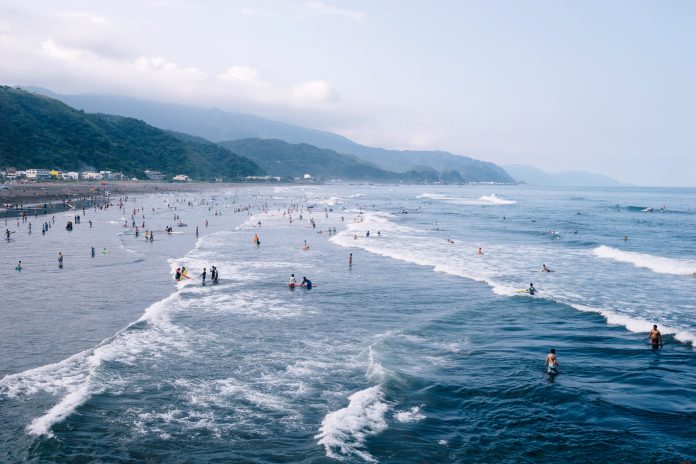Simon Faulkner, Country Manager/Lead Project Manager at Wood Thilsted, sheds light on offshore wind energy in Taiwan
It would be somewhat insulting to refer to Taiwan’s Formosa 1 (F1) offshore wind farm as a ‘guinea pig’, but as Asia rapidly embraces the benefits of green energy, this important ‘first’ for the island is one from which developers here, and the rest of the continent, can learn a great deal from. F1’s 128MW (powering approximately 130 households per year) is soon to be followed by F2 (376MW) – and later the proposed F3, which with a possible 2GW, could generate sufficient clean power for the equivalent of around 1.5 to 2 million Taiwanese homes.
These three projects alone show how the previously untapped winds on the west coast of Taiwan can play such a huge role in the move away from fossil fuels. And there’s more, with at least another five offshore wind projects here already in the construction phase, ranging from 110MW to 900MW.
Taiwan’s route to greater energy security
These major investments are a key part of a massive shift away from Taiwan being dependent on the vast majority of its energy on foreign suppliers. As an island that experiences the impact of global warming from ever-worsening typhoons, floods and sea levels that could damage its densely populated west coast, Taiwan’s route to much greater energy security includes the goal to reduce CO2 emissions by 50% by 2050. The offshore wind power target of 20.5GW by 2035 has put the industry here on a very firm footing for at least another decade.
And as we continue to evolve, improve and set standards in what is Asia’s prime location for offshore wind, there should be no shortage of developers wanting to become involved, of which TotalEnergies is a notable new name. Stability always sits well of course with investors, and with very good business models to date, interest from Taiwanese and European banks has been strong enough to take us far enough down the right path that any future change of government shouldn’t alter the course.
With the Democratic Progressive Party (DPP)’s victory in Taiwan in 2016 came a much different climate and energy policy; a big shift away from nuclear power – especially after seeing the Fukushima nuclear disaster in 2011 – to an expansion of green, renewable energy. Our colleagues in America are now in a similar position, where a leader and their party see the bigger picture and understand that there is everything to lose by continuing with the ‘dirty’, planet-harming status quo, and everything to gain by being part of the global transition to clean energy.
Offshore wind careers & regulatory certainty
Political will is crucial, as is education, especially to dispel the mountain of online disinformation that has become part of today’s world. Credit must go to developers in Taiwan who have worked extremely hard to get out and meet with communities to explain first-hand what offshore wind represents – and to allay any fears or myths that have been generated online. We recently conducted a successful seminar at the National Taiwan University for civil engineering master’s degree students; raising awareness of offshore wind career opportunities; encouraging young people to come into our industry. Hopefully, this is happening all over the world. It needs to.
There is a global shortage of suitable candidates; true of many industries, but we are currently accelerating faster than we can bring people in. Some might say that this is a great problem to have (!) – but new recruits are vital, as is attracting those from the oil and gas industries, whose skills and experience can play a big part in the future of offshore wind, and help boost local support industries. We shall certainly conduct more seminars to spread the good word about offshore wind, because the desire to learn more about it and become involved in its shaping is definitely there.
Compared to a few years ago, offices here were dominated by Europeans, but today we see far more of a mix of nationalities, with a notable increase in Taiwanese colleagues. Due mainly to lack of experience, the establishment of the supply chain is trickier here than it is in the U.S., but this is all part of the learning curve. Hopefully, respective governments in this part of the world will be consistent in realising that regulatory certainty is in everyone’s interests.
Offshore wind farms in Asia
Overall, the future in Asia looks very bright indeed. It is a fast-moving, challenging and exciting time, with Japan and South Korea catching up fast with Taiwan’s offshore wind. There’s also recent interest from major developers in the Philippines – and there is great potential too in Vietnam. And then there’s….China, which works very differently from the rest of Asia, especially with it preferring to keep matters firmly in[1]country. With seven offshore wind farms now connected to the grid, the Chinese have already overtaken the UK in its offshore wind power generation – and with a proposed 300-plus projects, the scope is truly mind-boggling.











